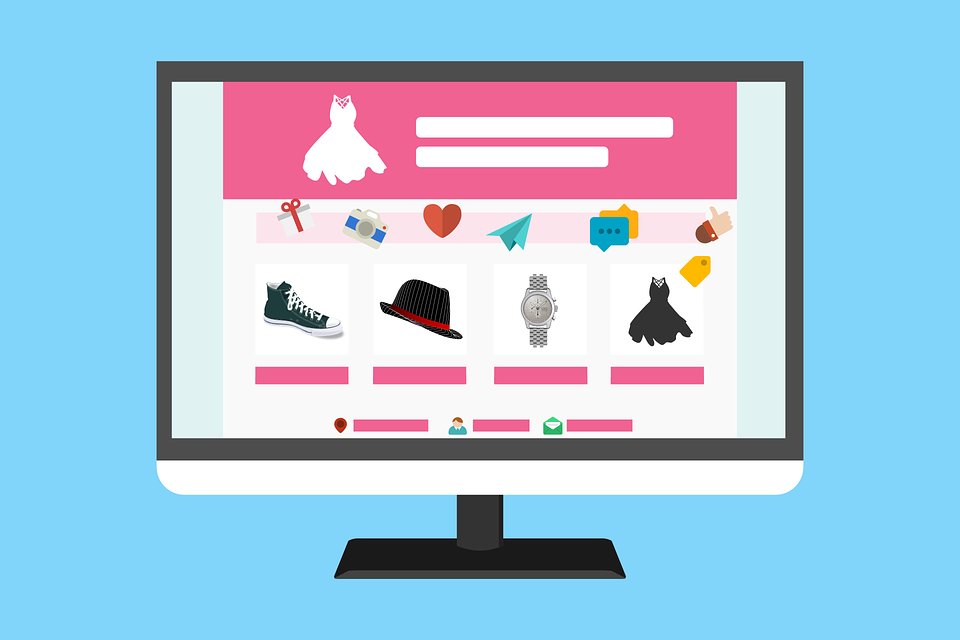
How Do Credit Card Payment Gateways Work?
A credit card payment gateway enables merchants to accept credit card payments from a customer by connecting the payment processor

A credit card payment gateway enables merchants to accept credit card payments from a customer by connecting the payment processor

If you want to become an online entrepreneur, you can start with the dropshipping model. This model allows you to

The challenge for large commercial real estate is to generate systematic web-to-store and drive-to-store phenomena. To do this, they are

Generally, spying on your online competitors can help you enjoy superior conversion rates. This is because you can come up

For today’s entrepreneurs, the allure of digital retail has become too lucrative. If you have been looking to jump into

The competition in the e-commerce arena is fierce as more and more companies venture into the online sphere. Every company
Copyright © 2025 | Powered by Word-Weight
Copyright © 2025 | Powered by Word-Weight